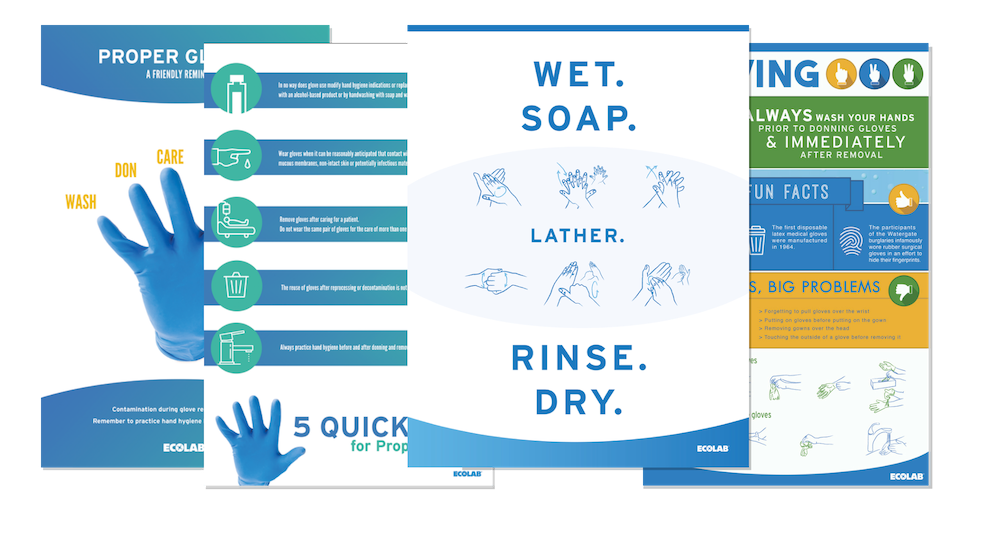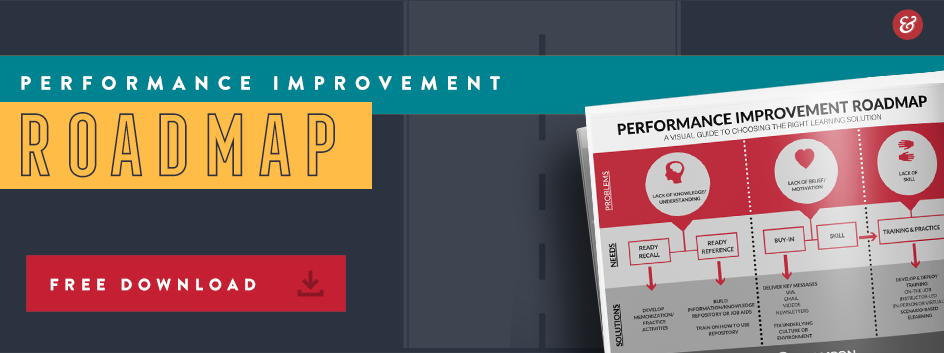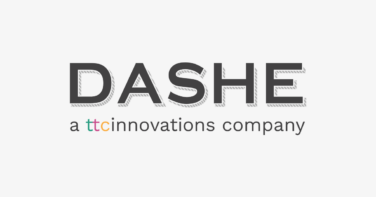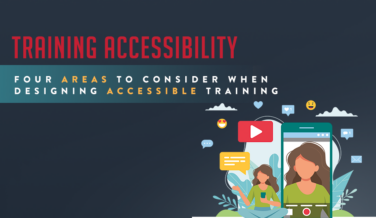How Microlearning Can Improve Your Training Program
In a quest for new approaches to training, we are often tempted to turn to the latest trend or technology, thinking one of them must be the golden ticket.
One of these new approaches is microlearning, and it’s getting traction for good reason. When used at the right times for the right outcomes, microlearning drives better employee performance because it quickly targets what people need to do rather than what they need to know. (How quickly a learner can learn is equally important to what they know.)
Smartly designed and delivered microlearning aligns with the way people learn today, building on our YouTube and Google learning mentality. That learning mentality—short bursts and on the go—makes sense, given the busy schedules of today’s workforce and limited time to devote to learning or professional development. Today’s learning methods must adapt to work within this environment.
Beware, though. Poorly designed or delivered microlearning can result in just a bunch of micro information, floating meaninglessly out of context. As in all learning and development efforts, applying our basic principles—instructional design, user experience design, visual design—is paramount in providing learning solutions aligned with how learners learn, while also making the best use of our resources.
What is Microlearning?
Microlearning delivers short, impactful learning and performance support in less than 5 to 10 minutes, ideally in the moment of need/flow of work.
To be effective, each microlearning asset must be designed as a standalone piece of content focused on one learning outcome. It should have its own introduction, learning objective, “how-to” piece, activity, and summary. This type of learning works best when the contextual setting is already familiar to the learner.
Microlearning design applies the core principles of learning and user experience yet strips down content to its essential components and delivers in the moment of need. Microlearning often uses rich multimedia, a game-based strategy, or similar concepts to engage the learners. It can be implemented on any device (PC, a tablet, or a smartphone) or can be delivered in person. It could be a podcast, a blog post, elearning, or a video.
A Case Study: New Hire Orientation / Skill Building
Thomson Reuters discovered that many newly-graduated law school students were missing a few skills that are required almost immediately on the job. To help close this skill gap—and send more confident graduates into the workforce—Thomson Reuters partnered with us to design and build a practice-ready skill building program formatted entirely as microlearning.
The program covers five foundational skill areas, like research and drafting, with each comprising several 2- to 3-minute, practical, task based microlearning nuggets. Several of the microlearning tasks include short, engaging expert videos and motion graphic animations that make key concepts come to life. The short system demos are beneficial for ongoing reference.

The entire microlearning program builds upon content covered in their law school curriculum and is designed to quickly build competence and confidence via bite-sized learning chunks that are targeted, accessible, and consistent. The result is accelerated skill development in a contextual setting already familiar to the learner.
A Second Case Study: On-the-Go Product Training
To help hair stylists and colorists who are on the go and on their feet most of the day, Aveda partnered with us to design and develop a mobile-first microlearning program for the Aveda Hair Color System. The program is available to all stylists who are learning to use the color system or need a quick reference while working with clients.
The microlearning assets build on color basics taught in cosmetology schools. The program starts with a brief color theory refresher and contains a library of short, how-to topics.

The beauty of this program, in addition to the vibrant and beautiful visuals afforded by the hair color system, is how deploying the microlearning on mobile devices provides a powerful platform when learning anytime and anywhere is critical.
And, a Third: Concise, Engaging Compliance Training
Like many organizations, Ecolab wanted to make compliance training more engaging—not an easy design task given the often-vast amounts of content involved. Generally, these design efforts result in too much text on screen and a mind-numbing, click-through experience, as well as the laborious chore to update and “freshen up” each year.
As Ecolab considered a new approach for Hand Hygiene training, they partnered with us to design and develop a microlearning program composed of how-to video, wall signage, stickers, and in-service customer education material.

The result was a blended microlearning program with components that can be consumed and delivered a variety of ways for a variety of audiences and intended outcomes: employee compliance training, refresher training, sales enablement training, and customer education—all wrapped together in one turbo-boosted microlearning program.
Why Microlearning Drives Performance Improvement
In each of these microlearning examples, the concept was used when there was a need for targeted skill building, refresher training, or performance support. Also, in each example, learners had foundational context for the topic at hand.
Microlearning works in these circumstances because it recognizes prior learning and gets straight to the point, building or polishing related skills. Its practical, action-based approach quickly boosts proficiency and provides talent development opportunities.
Additionally, these examples show how microlearning supports learning in the moment of need. Memory and retention fades; microlearning is there to remind and reinforce while on the job.
When Microlearning Might Not Be the Best Approach
While microlearning has proven successful for a variety of outcomes, it might not always the best approach. Other more traditional methods might still be best when learning complex content or when introduced to a something for the first time.
A microlearning format may make it difficult for learners to connect topics together in a coherent, macro picture, for example, when learning about end-to-end, interconnected processes for the first time or when needing to study content in detail over longer, more focused amounts of time.
It’s important to conduct a training needs assessment and root cause analysis before developing any program to ensure we provide learning solutions aligned with how learners learn, while also making the best use of our resources.
Conclusion
Josh Bersin, L&D researcher and strategic advisor, stresses that learning and development has entered a time in which we must create relevant learning solutions that extend into the flow of work. Bersin insists that instructional designers must also be experience designers. Microlearning provides learning and development professionals with a platform to accomplish these objectives and more.
When we putting on our design-thinking hats—establishing empathy with our users—microlearning may emerge as the right instructional and user experience design choice.
Remember that it is not just a bright, shiny object or new tech tool. It’s an inherently agile and proven platform that supports learning and performance in the flow of work, gives learners the opportunity to apply what they learned in the field immediately.
Microlearning may just be the design choice that makes your employee performance and development program more relevant, innovative, and successful.

Continue reading

Dashe joins ttcInnovations
Learn More
Embracing the Future: Early Adopters of Generative AI for Learning
Learn More
Four Areas To Consider When Designing Accessible Training
Learn MoreCommitted to
finding solutions
